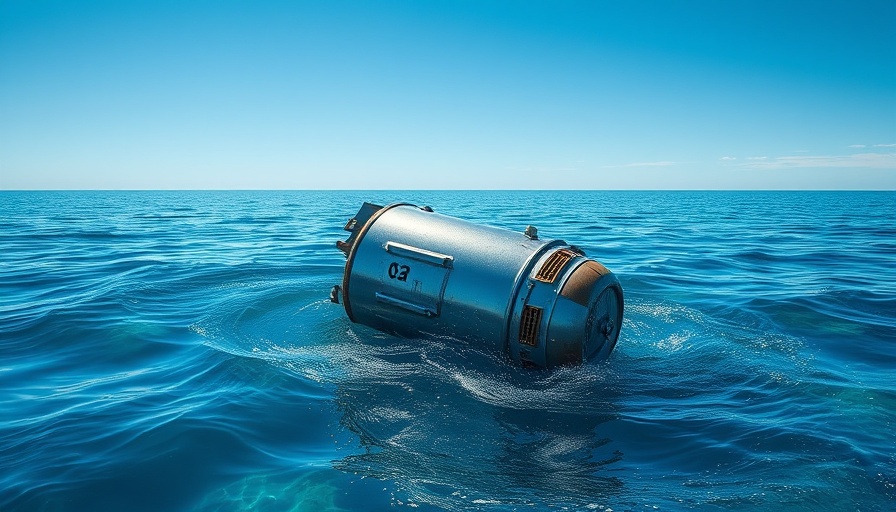
A Journey Beyond Expectations: The Return of NASA's Astronauts
NASA astronauts Sunita "Suni" Williams and Barry "Butch" Wilmore have recently returned to Earth following an extended nine-month mission aboard the International Space Station (ISS). This mission, which began in June 2024, was intended for a brief stay but turned into a saga of mechanical failures and delays, primarily linked to the Boeing Starliner spacecraft.
Boeing's Starliner: A Tale of Technical Troubles
Initially designed to facilitate NASA's collaboration with Boeing, the Starliner program has faced several obstacles since its inception. Their mission was met with significant anxiety as thruster failures and helium leaks jeopardized the return plans for Williams and Wilmore. Instead of bringing the astronauts back via Starliner, NASA took the precautionary step of sending the craft back uncrewed months earlier, demonstrating prudence in light of safety concerns.
While the astronauts waited, SpaceX's Crew-9 Dragon capsule stepped in as a reliable solution, showcasing the resilience and adaptability of NASA's commercial partnerships. The Crew-9 successfully brought Williams and Wilmore home on March 18, 2025, showcasing the pressing need for a dependable space travel option, especially as missions become increasingly complex.
Elon Musk's Controversial Claims
Elon Musk's claim that he offered to bring the astronauts back early has made headlines, casting a shadow over Boeing's challenges. Both former NASA administrators and White House officials have denied the existence of an early return offer, arguing that such speculation distracts from the actual technical issues faced by the Starliner. This incident underscores the competitive nature of space exploration, where corporate history and public figures significantly influence perceptions of reliability.
The Future of Space Travel: Lessons Learned
The unexpected protraction of Williams and Wilmore's stay in orbit brings valuable insights into the future of space travel. NASA's partnership with private companies is crucial, and as observed, the operational integrity of these technologies must be at the forefront of mission planning. As the space industry rapidly evolves, lessons from the Starliner saga will likely inform safety protocols and expectations for future manned missions.
SpaceX's involvement demonstrated that alternative arrangements can be efficiently executed when original plans falter, highlighting the importance of flexibility in mission design and execution.
International Implications and the Race for Space Dominance
As countries and private companies vie for dominance in spaceflight, the mishaps associated with Boeing's Starliner present a clear example of the risks involved in this race. Nations such as China and Russia are also ramping up their own space programs, with ambitious projects that could potentially alter the current dynamics of space exploration.
The revelations and experiences from this extended mission could affect the trajectory of international cooperation in space, as transparent communications about failures and successes will be vital for mutual understanding between nations.
Concluding Thoughts
The safe return of astronauts Suni Williams and Butch Wilmore is a vivid reminder of the challenges and triumphs in space exploration. As we look forward, it is essential to recognize the importance of accountability, adaptability, and advanced safety measures in preparations for future missions. The need for robust technological solutions in this growing field is clear, emphasizing a collective resolve to improve and innovate further in the pursuit of knowledge beyond our planet.
Potential space enthusiasts, students, and tech followers should take note of these developments, as they serve as a marker of how far we've come in space exploration and where we may head in the future.
 Add Row
Add Row  Add
Add 



Write A Comment